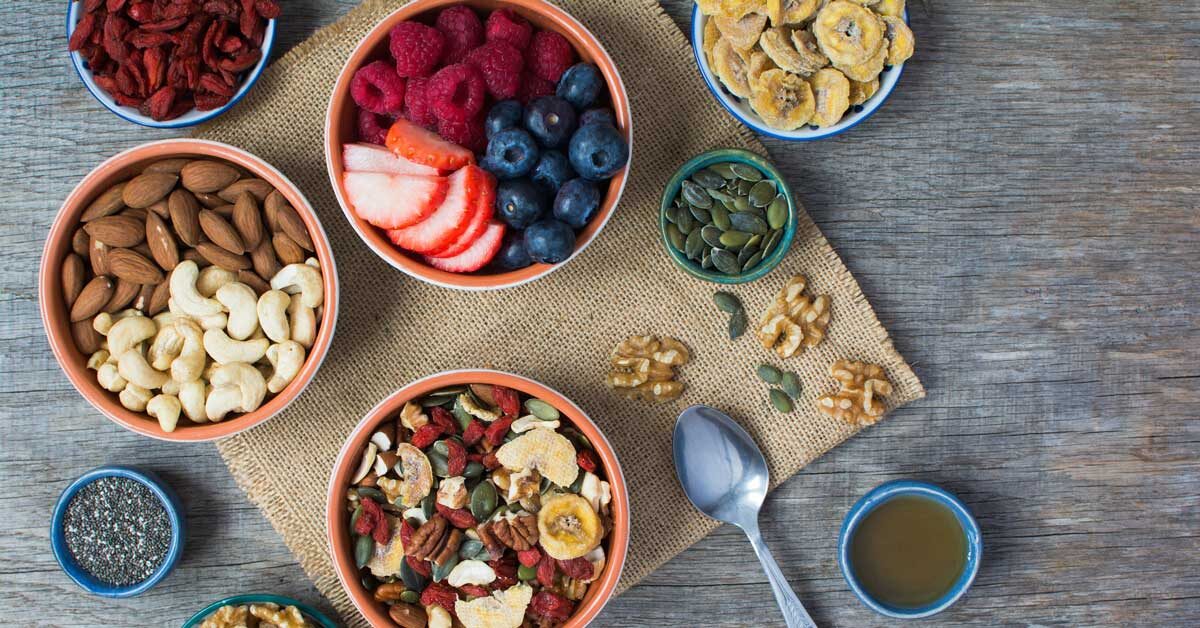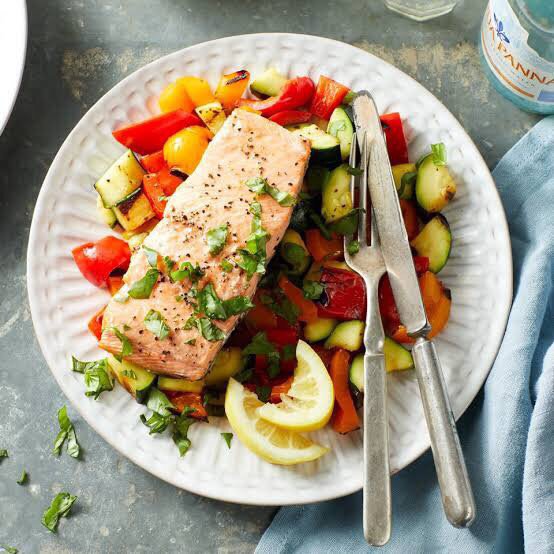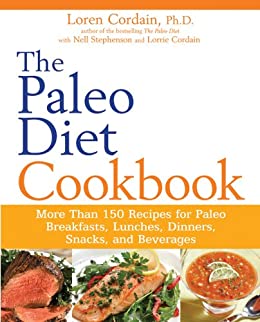
If you are a beginner or have never heard of the Paleo diet before, it might be time to read some reviews of this diet. We'll discuss its potential health benefits, possible side effects, and applicability. Whole grains, fruits, vegetables, nuts, seeds, fish, and fish are all part of this diet (preferably wild and sustainable). This diet excludes meat, unless you are bow hunting in nature. A moderate amount of dairy is included in the diet, which is a good source calcium. This includes whole grains along with legumes.
Problems with Paleo
The Paleo diet is not without its problems. Not only is it too high in meat and eggs, it also rejects many healthy foods, including dairy and grains. The Paleo lifestyle is not based on scientific research, despite the apparent advantages. These are the top problems that this diet can cause. Below are common Paleo problems. Weigh your options carefully before making the switch.
Paleo diet follows the principle that humans evolved to eat seafood and meat. Because there are few edible plants in Arctic, the people were able withstand starvation and still stay healthy. Paleo prohibits eating grains. But, this diet offers many benefits and can be incorporated into your diet to help you stay lean and healthy.
Potential health benefits

Paleo may offer some benefits to people with metabolic diseases due to its high-protein and low-carbohydrate content. The diet's reduced intake of sugars, which are often associated with insulin resistance, increases the body's ability to process glucose and increases insulin sensitivity. The body's intake is reduced by avoiding grains and legumes. This may help those with autoimmune conditions. However, excluding whole grains from your diet can lead to lower intakes of beneficial nutrients, as well increase the risk for diabetes and cardiovascular disease.
The American Physiological Society published a study that showed the diet could reduce inflammation and even lower the use of prescription drugs for patients with type 2. Further research is needed on the effects of this diet on medication use and their potential benefits. While the diet prohibits eating processed foods, many people have noticed significant benefits. Paleo doesn't require that you give up processed foods such as breads, pastas, or sugary sodas.
Possible side effects
Paleo diets may have side effects that are related to the lack of cereal grains. Your intake of fiber, B vitamins and other nutrients will be reduced if there are no cereal grains. This can affect your ability to regulate blood sugar levels. Eliminating grains from your diet can increase the risk of developing certain chronic diseases, such as diabetes. Important nutrients such as iron and magnesium are also found in cereal grains, which can help lower cholesterol and protect you from chronic diseases. If you've been eating cereal grains for a while, it is important to be aware about the potential side effects of the paleo diet.
Bad breath is one of many side effects that Paleo can cause. This symptom varies from person to person, and depends on the food you eat, the composition of your diet, and your body's metabolism. If you are in a state of ketosis, your breath may smell particularly foul. The increased amount of protein in your diet can increase your body's production of hydrogen sulfuride. This can lead to unpleasant burps, including a smell that resembles eggs.
Applicability

Despite numerous claims about weight loss, Paleo does not have sufficient research to back these claims. Paleo diets restrict or eliminate entire food groups such as dairy products and grains. It can lead to a high intake of saturated fats and a lack of key nutrients. This is why it is considered to be somewhat unsafe. Here are some reasons you shouldn't follow the Paleo diet.
Paleo also encourages the consumption and absorption of lean meats. It can also be used as part of a nutrition plan that is tailored to power and strength athletes. The diet is more restricted in the off-season than it is during the sport seasons. However, it can be more flexible during that time. This allows athletes to incorporate more CHO into their diet during the sport season. However, it may be difficult for strength/power athletes to adhere to this diet plan.
FAQ
How Long Does It Take to Be a Chef? What is the average career track?
It takes five years to become a chef. During this time, you will study basic cooking techniques and gain experience working as a kitchen assistant. After your training is complete, you will be eligible to apply for a job as a sous chef, executive chef, or line cook. A chef can earn between $25,000 and $60,000 annually.
What are the health benefits of slow cooking?
Slow cookers can be very helpful because you can prepare delicious meals quickly. Slow cooker recipes require less oil or fat than traditional recipes, making them healthier. Also, slow cooker recipes are easy to use because they do all the work while you sleep.
Do I have to learn how to cook with my children?
Yes! Yes! Kids love helping in the kitchen. It's fun and teaches kids responsibility as well as teamwork. From washing vegetables to chopping onion, children can help. Children will love helping to cook if they are taught safe knife handling techniques.
Is there any difference between a chef or a cook.
A chef prepares meals for others. A cook prepares the food for oneself. A chef, on the other hand, works directly with customers. This may mean that they might have to choose what to cook for guests depending on their preferences. A cook doesn't need to interact with clients. Instead, he or she ensures that the food tastes good before serving it to anyone.
Statistics
- On average, chefs earn $58,740 a year, according to the BLS. - learnhowtobecome.org
- You'll be amazed that over 90% of CIA students receive scholarships and grants to finish their culinary studies. (ischoolconnect.com)
- In the United States, the category is estimated at $23.2 billion annually and is growing faster than the market. (washingtonpost.com)
External Links
How To
How to make a perfect Omelette
Omelets is one of my favourite breakfast foods. But how do you create them perfectly? Many different recipes and methods have failed to work for me. I have some tips and tricks to help you make delicious, fluffy omelets every single morning.
It is important to know that eggs can be temperamental when making omelets. You must get them fresh, organically, and keep them cold until you cook. You must keep them cool enough to allow the whites to form properly and the yolks to become too runny if they're not kept at the right temperature. This causes your omelets to look oddly colored. If you intend to cook your eggs immediately, it's best to use room-temperature egg.
You can also separate the egg before you add it to the pan. You don't want the white to get mixed with the yolk, as this could cause the egg to curdle.
The bottom part of an egg that is added directly to the stovetop might be burned, which could cause a ruined texture in your omelet. Instead, place the egg in the microwave for 10 second before you put it in the skillet. The heat from the microwave cooks the egg just enough without overcooking it.
Let's now talk about mixing eggs. Mix eggs well together. Turn the bowl upside down and grab the whisk to do this. Next, shake the bowl vigorously. This will whip the air around the bowl and mix the egg well.
Now it's time to have fun: pour the milk into the mixture. Mix half of the milk with the eggs. Then fold the eggs in half into the remaining milk. You don't need to worry if streaks remain. They will disappear once you flip your omelet.
After you have folded the eggs, heat the oil in a pan over medium heat. Once the oil has started to sizzle, turn the heat down to low. Once the oil has gotten hot, add 1/4 cup of butter and swirl it around so that the entire pan is coated. The lid should be carefully opened. Sprinkle salt in the pan. The salt will help to prevent the omelet's sticking to the pan.
Cover the pan once you have formed the omelet. Wait for the top to set. Flip the omelet upside down or with a spatula. Cook the other side for about a minute. Take out the omelet and place it in a bowl.
This recipe works best using whole milk. Skimmed milk is also possible.